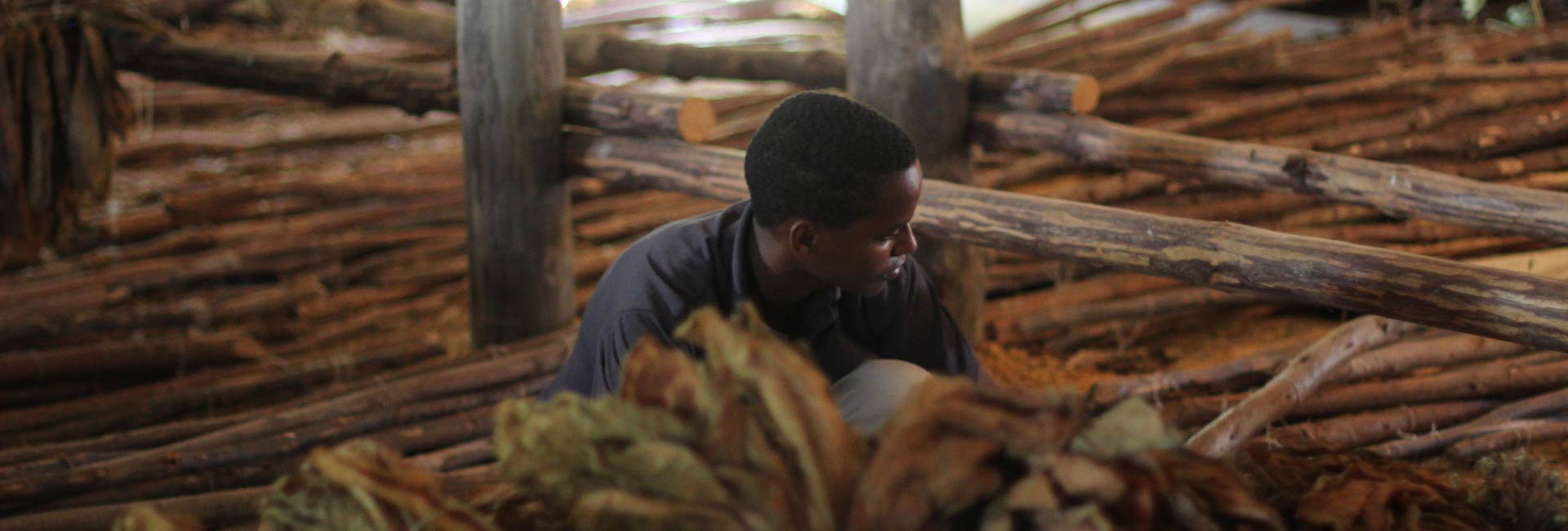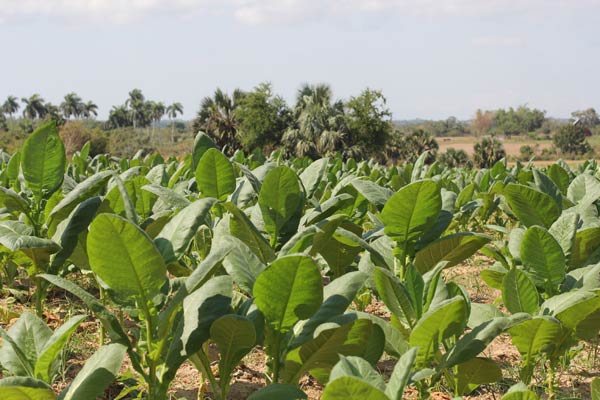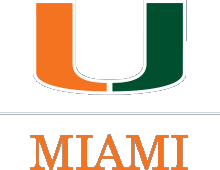

A political scientist provides his insights and interpretation of the economies of Caribbean nations.
When asked to describe the economy of the Caribbean in one word, Michael Touchton, assistant professor of political science at the University of Miami’s College of Arts and Sciences, immediately replies, “Dependent.”
Throughout the Caribbean, the economies of the island countries are largely dependent on tourism, agricultural production or both. Tourism is an increasingly important element of economic sustenance, says Touchton, who studies the political economy of development and underdevelopment in a comparative setting, mainly in representative democratic countries.
Since the 1960s, tourism has been a big economy boost for many of the large Caribbean islands. Tourists who visit Haiti spend a lot of money by Haitian standards. In the Dominican Republic, resort companies build beachfront enclaves and employ locals. In destinations such as Cuba and Haiti, tourism – and the hard currency that comes with it – keeps the economies afloat.
Industry also breeds competition. When tourism increases on one island, there is another nation in the Caribbean that suffers a loss. Agriculture draws the same advantages and disadvantages on the island economies. Many of the islands operate large, low-wage labor pools to produce cash crops—not the food subsistence crops of Central and South America. Tobacco, sugar and coffee remain the most frequently produced cash crops in Cuba, the Dominican Republic, Jamaica and Puerto Rico.
However, the countries aren’t only dependent on industry. They are also dependent on other countries, principally wealthy countries throughout Europe, as well as the United States and Canada.
About the Photo
A Cuban man toils in the drying house of a tobacco farm in the Pinar del Rio province. Tobacco is one of the most frequently produced cash crops in Cuba. Photo credit: Jessica M. Castillo
Join the Conversation:
Follow on
Twitter:
UM College of Arts and Sciences, @UMCAS
University of
Miami, @univmiami
UM News, @univmiaminews

Many of the smaller island nations – Turks and Caicos, Cayman Islands, Barbados and the British Virgin Islands – have high standards of living with large amounts of wealth concentrated in small areas. The gross domestic product per capita of these nations is higher because of traditional offshore financial industries. Other countries, such as Trinidad and Tobago, St. Maarten, Antigua and Martinique, which are protectorates of foreign countries, boast stronger economies than many of their larger, governmentally independent Caribbean neighbors.
Puerto Rico, a U.S. territory, is largely dependent on the mainland. Because the economy runs on the U.S. dollar, explains Touchton, it has hurt Puerto Rico’s ability to emerge from its current economic debt crisis. If Puerto Rico were to become independent and devalue its currency, it would allow investment to pour into the island: Land, labor and services would all become cheaper. But that's not an option so long as Puerto Rico remains a U.S. territory. The result is a territory in economic limbo.
The sense of dependency throughout the region seems to work, though.
“It benefits Caribbean economies to have a weaker economy, because it makes it easier for them to sell their exports in the world market,” Touchton says. This allows Caribbean nations to produce their goods using local labor and local pricing, but then sell at a higher market price.
The World Bank reports that Haiti – the second-largest nation in the Caribbean by population – is also the poorest country in the Western Hemisphere. Touchton attributes this to the major challenges faced by the island.
“Haiti has experienced challenges in something as simple as electing political leaders,” Touchton says. “Their devastating natural disasters undermine any recovery or rebuilding, and they have had difficulties recovering from health crises. Rebuilding does stimulate an economy, but resources are scarce and corruption is rampant throughout the country.”
In Cuba, the country’s unique economic dual-currency system is practically unsustainable. Cubans are paid CUPs, or Cuban national pesos, but most consumer goods are priced in CUCs, or Cuban convertible pesos. CUCs, which were originally created in the 1990s for foreigners traveling to the island, are pegged to the U.S. dollar and are worth about 24 times more than the CUP. Cuban citizens do not work at a market rate that translates to any sort of livable salary. The average Cuban brings home about 20 CUCs per month (about US $18), and many Cubans opt to find a second job in the private sector to make ends meet. Taxi driver wages in the private sector are far greater than the wages brought home by a doctor in the public sector.
“Now, there are different systems for different people, which is creating a class system that the Communists never wanted,” Touchton says, having experienced the economic system firsthand when he presented on research at the University of Havana’s medical school recently. “Cubans are beginning to resent it.”
- MEGAN ONDRIZEK / UM News
